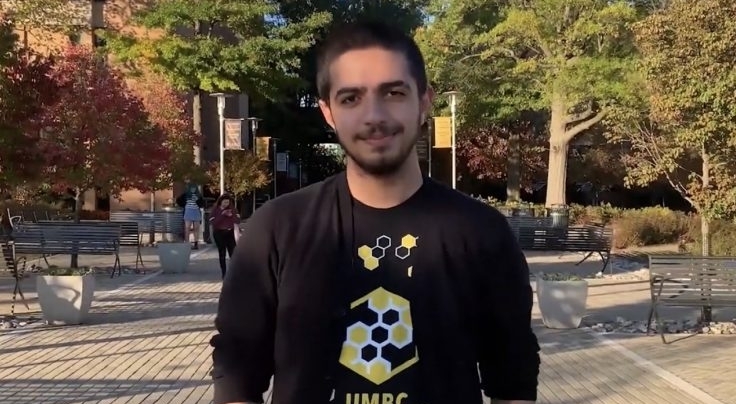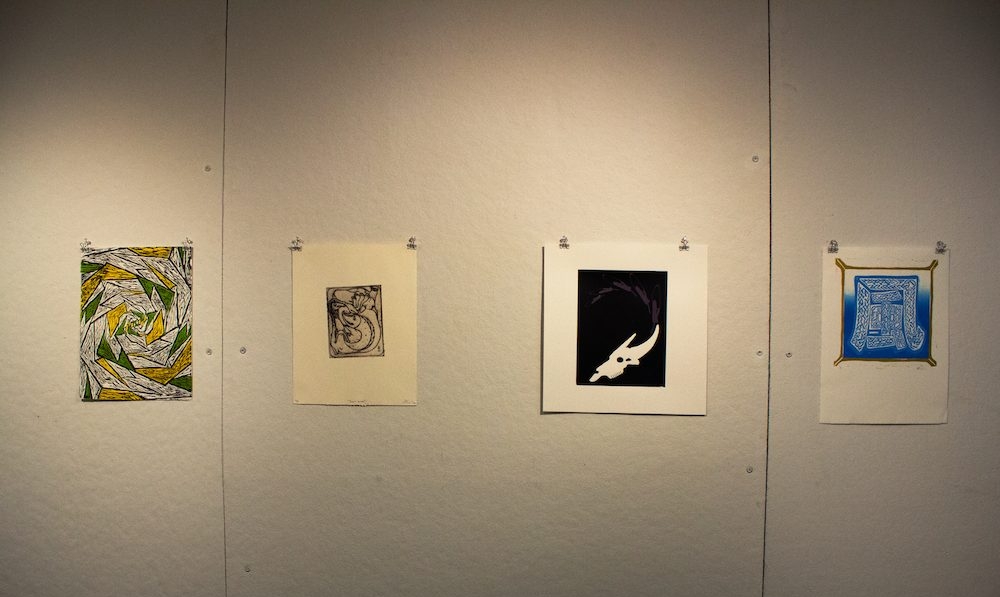On Jan. 21, 2016 UMBC’s Maryland Quitting Use and Initiation of Tobacco program held its 10th Annual Best Practices Conference. The event focused on tobacco cessation during the past 10 years, as well as how to address smoking and tobacco related problems in the future.
The annual conference brings in experts from all over the country to present recent findings on tobacco prevention, policy and cessation. This year’s guest speakers discussed how to create smoke-free environments and how to form a support system of loved ones when quitting smoking.
The event also provides various workshops in the areas of tobacco control and prevention. These workshops help to educate local health departments and professionals in the state of Maryland so they can, in turn, provide the best practices to their clients and can have a better understanding of the current state of tobacco issues.
Meagan Graydon, graduate student and researcher for MDQuit, said the conference featured the greatest number of participants yet, with over 200 people in attendance. She said, “we are getting bigger every year which is, I think, a sign of the success of this program.”
MDQuit got its start 10 years ago when the Department of Health and Mental Hygiene initiated the Maryland Quitline, a free telephone service that offers counseling to those interested in quitting smoking. When the DHMH began the Quitline, Carlo DiClemente, psychology professor and director of the MDQuit program, was contacted in regards to starting a program to work with local health departments and to promote the Quitline.
Since its establishment, the program has done a significant amount of tobacco research. This research is then used to supply health care providers and community organizations with the best practices and resources to help their clients quit smoking. With this support provided by MDQuit, the rates for quitting smoking are almost three times higher.
MDQuit also trains various agencies and community organizations, such as churches, to educate people about the risks associated with smoking, the benefits of not smoking and the resources available to make quitting easier. DiClemente notes the importance of training these agencies. It “enhances their ability to address tobacco in a lot of different ways, from policy to prevention to cessation,” she said.
MdQuit also played a large role in the promotion of the Clean Indoor Air Act of 2007. The program provides materials for bars or restaurants who have recently decided to become smoke-free. These materials include coasters with the symbol for clean air and the number for Quitline.
Recently, MDQuit has shifted its attention to behavioral health clients, or those who suffer from mental health issues or substance abuse. Graydon supports this recent change since behavioral health clients “tend to have much higher rates of smoking, but less success at quitting.”
MDQuit is comprised of graduate students, staff members and an advisory board. The graduate students working within the program, like Graydon, are responsible for researching different studies discussing new intervention strategies for smokers and then distributing the most effective tactics to health care providers. They also lead trainings and work with providers to implement the treatments. The advisory board, containing various health professionals, work with the state on legislative issues and other health departments and organizations.
MDQuit has also worked with UMBC on matters of smoking and tobacco use. They were asked to provide resources and information at the employee health fair. Previously, the program also collaborated with UMBC’s Student Affairs Group to provide them with practices for quitting smoking on college campuses.

